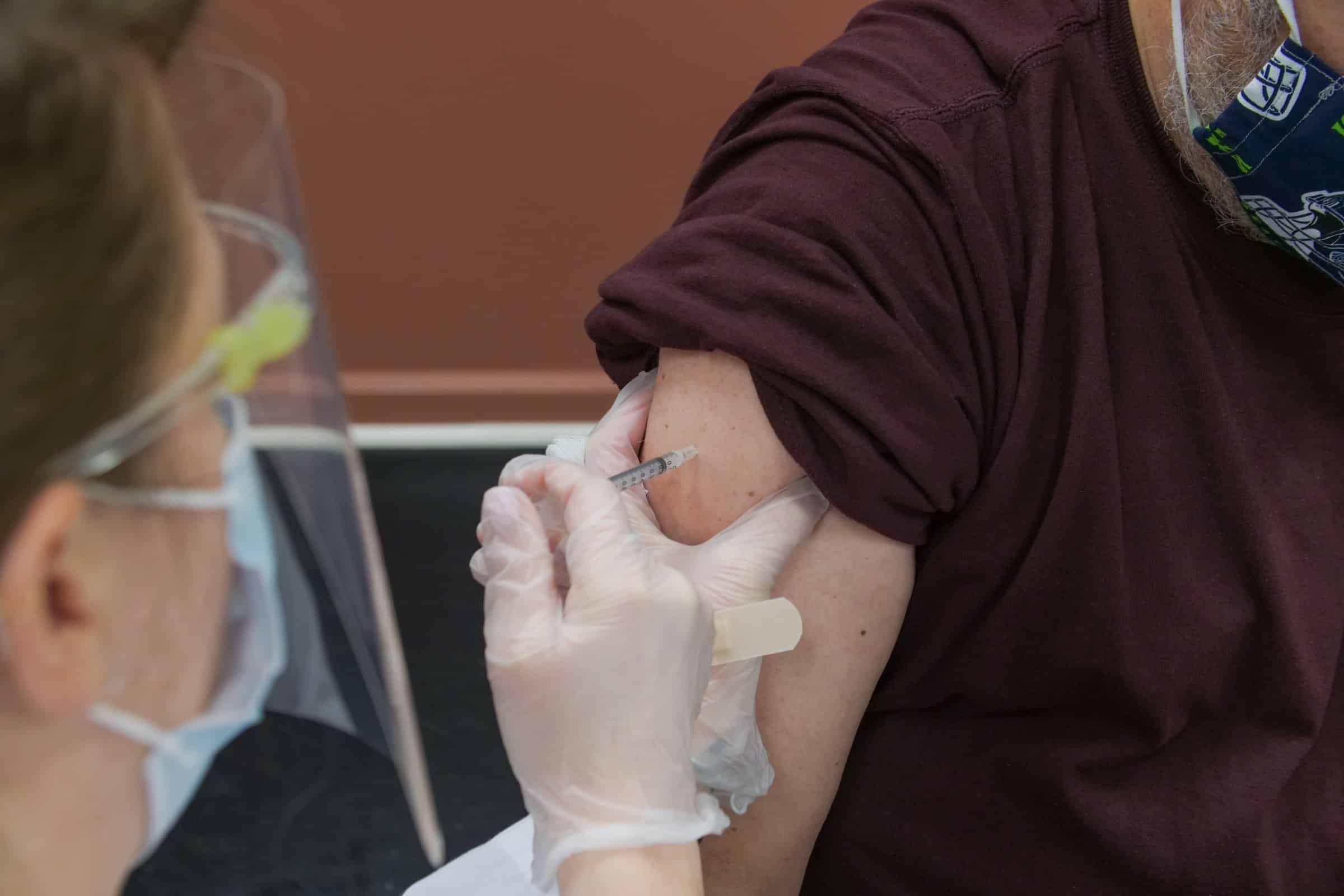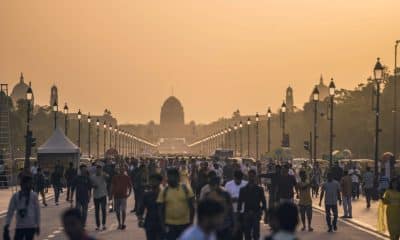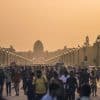Analysis
India very much vulnerable to a third COVID-19 wave amid shortage of vaccines
Millions of Indians across the country remain vulnerable to the impending third wave of COVID-19 wave as India has just administered COVID vaccines to just over 5% of its population. At the peak of the second wave of coronavirus infections, India recorded more than 400,000 new cases with more than 4,000 daily deaths.
Even as COVID-19 cases have decreased significantly, India continues to report about 40,000 new cases every day. Shahid Jameel, a virologist and academic, says while this number is barely 10% of the peak seen in May 2021, it is still high. “It is true that north and central India are reporting fewer incidences of coronavirus infections now, but west, south and north-east India are still reporting high numbers daily,” he wrote in Quartz India. “India has a decent test positivity ratio of 2.2%, but we must strive to bring it under 1%. The pace of vaccinations which seemed to be on an upswing two weeks ago has also slackened since. India has administered at least one dose to 22.4% of the population till July 9 while only 5.3% has been fully vaccinated yet.”
The central government had told the Supreme Court in June that 1.35 billion doses will become available between August and December and it would take about 1.8 billion doses to vaccinate all eligible adults in India. Three vaccines, Oxford-AstraZeneca’s Covishield; Bharat Biotech’s Covaxin; and Russia’s Sputnik V, are being used in India.
According to BBC, doctors say a third wave is inevitable given that India has fully reopened even as the threat of new variants looms large. Experts are worried about the drop in average number of daily vaccine doses. Moreover, there is a stark gender gap. Government data shows that 14% fewer women are getting vaccinated. This is very much true in rural India where women have limited access to the internet, and are hesitant or scared to take the vaccine. There is a noted higher number of vaccine doses being administered daily in rural areas, but the share of population being vaccinated in urban areas is still greater.
Also Read: Businesses affected in short term by second wave of COVID-19 driven lockdowns: MRF Ltd
The second wave had been triggered by crowded events such as the Kumbh Mela and the assembly elections, which were described as “super-spreader events”. Jameel said India was faced with two highly infectious variants – alpha and delta. “Between early March and the end of May, the delta variant became the dominant variant. With such a cocktail of factors present, it did not help that India had very low vaccine coverage by February end. Only about 4.2 million doses of the vaccine had been administered till then, covering only 0.3% of India’s population with one dose.”
Jameel believes individual choices will determine the timing and strength of a future wave of the COVID-19 pandemic. “Will people continue to wear masks, practice social distancing and avoid crowds, or will India see a return of the kind of behavior seen in the second wave when super spreader events saw large crowds?”











































Pingback: Amazon said the EA award of SIAC was enforceable.